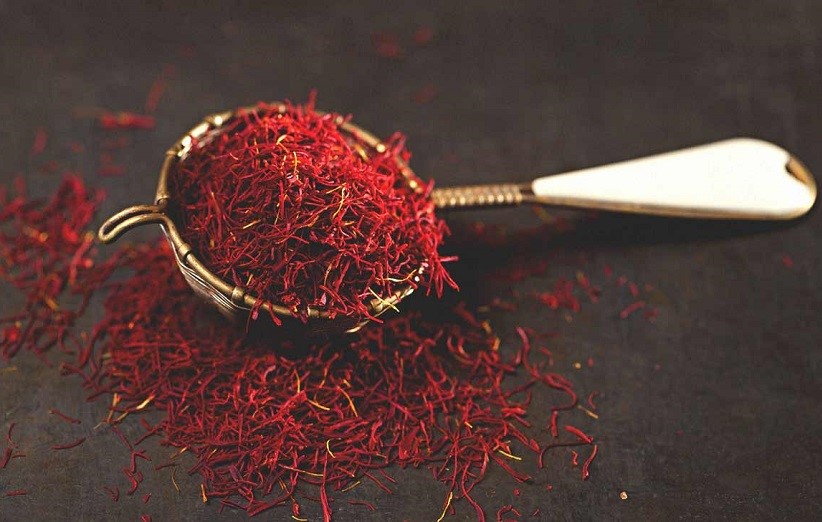A Complete Buyer’s Guide
Not all saffron is equal. If you’re sourcing saffron for culinary, cosmetic, or nutraceutical use, identifying Grade A saffron is crucial. Unfortunately, many products labeled “premium” are either low-grade or adulterated. However, with a few key insights, you can confidently spot high-quality saffron and avoid being misled.How to Recognize Grade A Saffron

Why Grade A Saffron Matters in Business
Saffron is the most expensive spice in the world. Therefore, its quality directly affects your end product’s effectiveness, taste, and customer satisfaction. Grade A saffron, also known as ISO Category I, offers the strongest color, highest aroma, and most intense flavor.
In addition, sourcing premium saffron helps differentiate your brand in a crowded market. As a result, you build consumer trust, improve reviews, and reduce complaints.
5 Reliable Ways to Recognize Grade A Saffron
1. Examine the Threads: Red With Orange Tips
Grade A saffron threads are long, unbroken, and deep red, ending in slightly orange tips. This tip is part of the style, which naturally connects to the stigma. However, if threads are yellow or white, the saffron is likely lower grade.
Moreover, real saffron threads should never be uniformly dark or too brittle. These signs can indicate dyeing or poor storage.
2. Ask for ISO 3632 Lab Certification
The ISO 3632 standard is the only international grading system for saffron. It measures:
-
Crocin (color strength)
-
Picrocrocin (flavor)
-
Safranal (aroma)
For Grade A quality, crocin should be above 200. Likewise, picrocrocin should be over 70, and safranal between 20 and 50. Therefore, only purchase saffron backed by these test results. If a supplier avoids the question, that’s a red flag.
3. Smell and Taste It: Aromatic and Slightly Bitter
Genuine Grade A saffron has a strong, earthy, and metallic-honey scent. In contrast, fake saffron often smells sweet, synthetic, or faint. For example, rubbing a saffron thread between your fingers should instantly release a rich, natural aroma.
Furthermore, the taste should be slightly bitter—not sweet or spicy. These sensory cues help confirm authenticity when lab tests aren’t available.
4. Perform the Water Test
Drop 2–3 threads into warm water or milk. Real Grade A saffron will:
-
Color the liquid golden yellow within 5 minutes
-
Maintain its thread shape
-
Release color slowly, not instantly
In contrast, fake or dyed saffron turns the water red too quickly. Moreover, the threads may fall apart, which indicates synthetic coloring or filler material.
5. Analyze Packaging and Pricing
Packaging often tells the truth. High-quality saffron is stored in airtight glass or metal containers, labeled with batch numbers, country of origin, and certifications. In addition, many premium vendors provide QR codes linking to lab results.
While price alone isn’t proof, Grade A saffron is never cheap. If the price is unusually low, it’s likely cut with lower-grade material or synthetic dyes.
Conclusion: Know the Signs, Protect Your Investment
To summarize, identifying Grade A saffron means checking appearance, certification, aroma, performance in water, and supplier transparency. These factors work together to ensure you’re sourcing saffron that meets premium standards.
Looking for ISO-Certified Grade A Saffron?
We offer 100% pure, ISO 3632-certified saffron from trusted farms in Iran and Spain. Contact us today for a lab-tested sample and bulk pricing tailored to your business.





